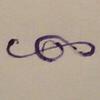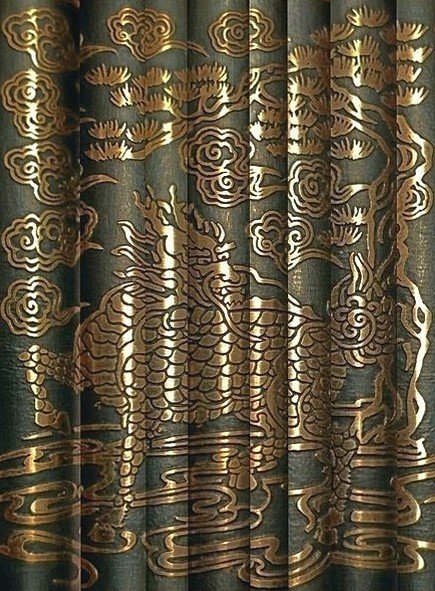Printing, Cursive, Cursive Italic Or Fancy Schmancy
See Pic Below
154 members have voted
-
Forum Statistics
355.6k
Total Topics4.6m
Total Posts -
Member Statistics
128,510
Total Members18,857
Most OnlineNewest Member
ddee
Joined -
Images
-
Albums
-
Extra Fine Nib Ink Reviews (20 of n)
- By LizEF,
- 0
- 41
- 41
-
Pelikan Kirin (2002) - Asia Limited Edition
- By tacitus,
- 0
- 0
- 16
-
00-Feb-March-April2025
- By yazeh,
- 0
- 0
- 98
-
Vintage Swan Pen Repair Kit and Tools
- By VacNut,
- 0
- 0
- 13
-
4posts
- By Tashi_Tsering,
- 0
- 0
- 87
-














.thumb.jpg.f07fa8de82f3c2bce9737ae64fbca314.jpg)



desaturated.thumb.gif.5cb70ef1e977aa313d11eea3616aba7d.gif)









.thumb.jpg.3af3eb57a0bc069ef20476220b4d1b2e.jpg)






















Recommended Posts
Create an account or sign in to comment
You need to be a member in order to leave a comment
Create an account
Sign up for a new account in our community. It's easy!
Register a new accountSign in
Already have an account? Sign in here.
Sign In Now